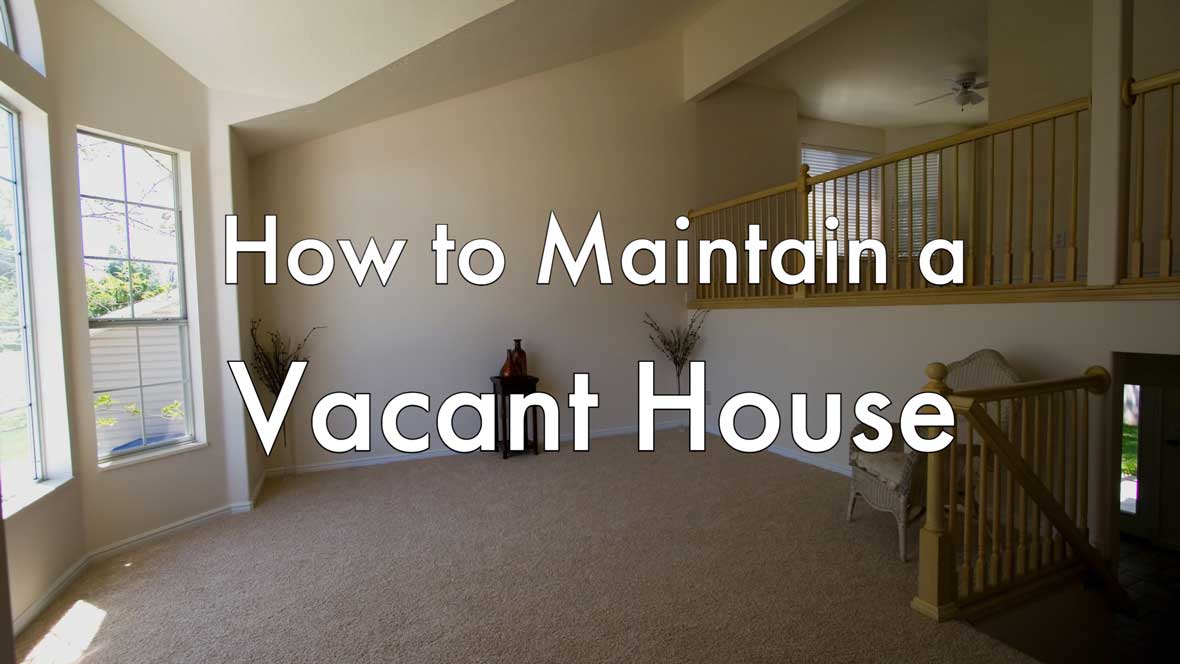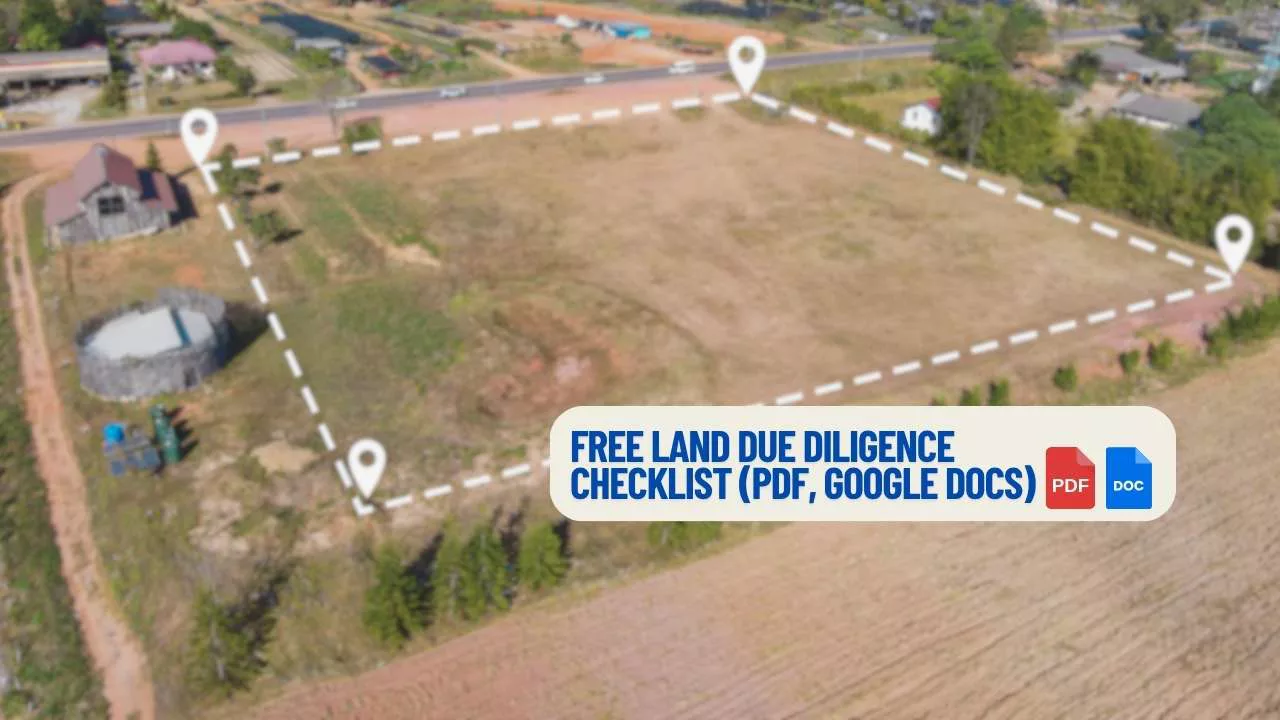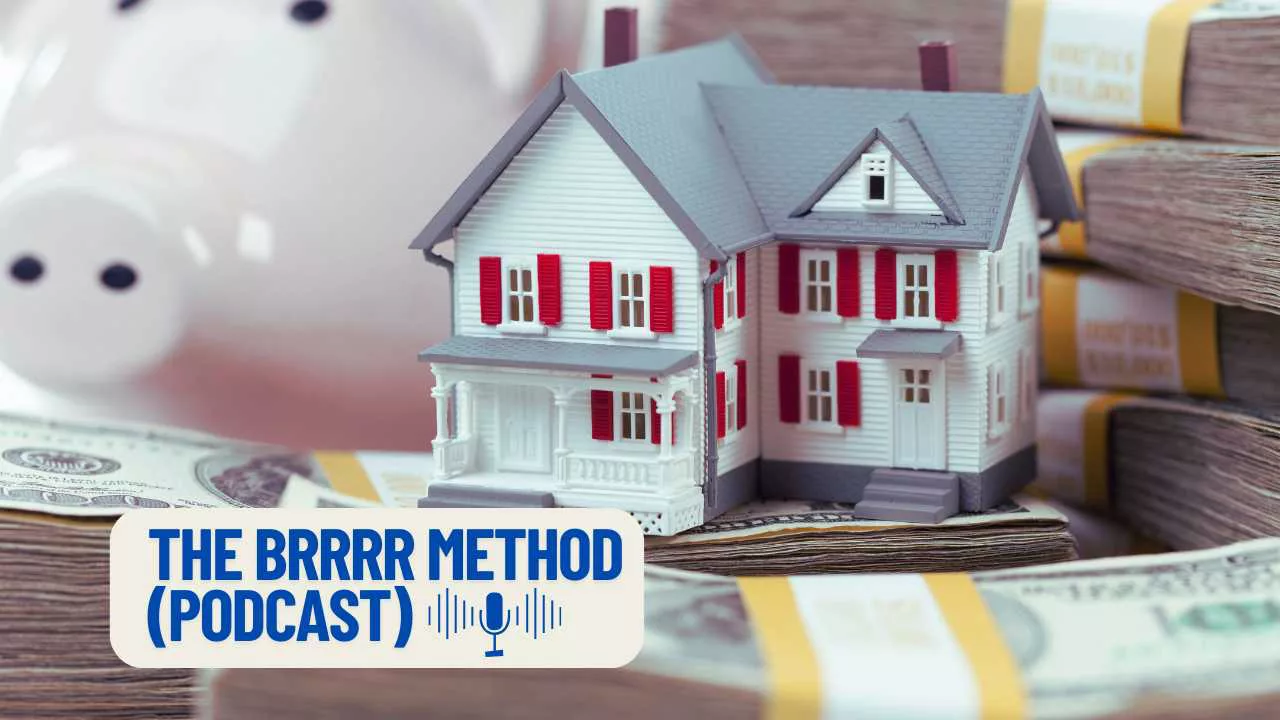Investing in assisted living facilities offers a unique opportunity to merge financial growth with meaningful community impact. The demand for quality senior housing, including assisted living facilities and residential assisted living options, continues to rise as the aging population grows. The senior housing sector is evolving rapidly, encompassing everything from independent living options to skilled nursing facilities, each catering to varying levels of care and support.
Experts in the senior housing market recognize the potential for strong returns, especially as more investors explore diverse senior housing facilities to meet the needs of older adults. Organizations like the National Investment Center provide valuable insights to guide decision-making, ensuring investments align with market trends and demands. Here’s why these living facilities are a promising avenue for long-term growth and how you can tap into this expanding market.
How To Get Started
Step 1). Learn About the Investment Landscape
Before jumping into the senior care sector, it’s important to understand how investing in assisted living facilities works. The demand for quality housing solutions for seniors is growing rapidly due to the silver tsunami—a surge in the population of older adults that has created a growing market for senior housing.
These facilities cater to residents who require assistance with daily activities, including medical care, social activities, and tailored amenities. With significant benefits over conventional rental properties, this sector offers opportunities for strong returns and meaningful impact.
Step 2). Research
Start by researching the ins and outs of the RAL business (Residential Assisted Living). Assisted living facilities are not just about real estate; they also involve providing essential support and healthcare services. Learn about potential risks, such as industry regulations, fluctuating interest rates, and maintaining high occupancy rates, all of which directly impact the success of your investment. Explore what makes a high-quality facility, including comfortable living spaces, effective staff, and a welcoming community atmosphere.
Websites like the National Investment Center (NIC) and Senior Housing News offer valuable insights into the real estate and senior care industries, providing data on market demand, trends, and success stories.
Step 3). Identify the Right Property
Identify properties that fit your investment goals. You could purchase an existing facility or convert a single family home into an assisted living center, depending on the type of asset and customer base you want to focus on. For a hands-on approach, owning and managing a property might be ideal. For a more hands-off approach, partnering with operators or investing in a fund might work better.
When evaluating properties, look for locations with a strong community, a significant seniors population, and high income levels that support private pay models. Assess the essential features, such as accessibility, spacious layouts, and high-quality shared spaces for residents.
Step 4). Contact Key Professionals
To get started, you’ll need expert assistance. Reach out to the following professionals:
- Real Estate Agents – They can help you find a suitable investment property and negotiate terms.
- Senior Care Consultants – These professionals specialize in assisting investors with the specifics of the senior care sector.
- Attorneys and Accountants – Specialists in elder care and real estate investing will help you understand legal requirements, tax implications, and financial planning.
Additionally, connecting with local assisted living operators can provide insights into managing the day-to-day aspects of a facility and help you identify ways to offer the best quality of care.
Step 5). Secure Funding
The upfront costs of investing in an assisted living facility can be significant, but various funding options are available. Research loans specifically catered to small businesses or real estate investors, and consider forming partnerships to spread financial risk.
Real Estate Investment Trusts (REITs) can also provide opportunities to invest in senior housing indirectly. Ensure your investment plan accounts for operational costs, regulatory fees, and marketing efforts to keep occupancy levels high.
Step 6). Understand Market Regulations
Each country or state has different licensing and operational regulations when it comes to assisted living. These cover everything from health and safety standards to the staff-to-resident ratio. Compliance is crucial for long-term success, so familiarize yourself with local laws and work with attorneys to ensure your business meets all requirements.
Step 7). Offer Exceptional Services
The vital role of any assisted living facility is delivering exceptional care. Focus on providing a well-rounded package of essential services, from assistance with daily activities to enriched programs that improve residents’ life quality.
Offer special options like special care units or memory care to meet specific needs of potential residents. Creating a positive community atmosphere with tailored amenities will boost occupancy rates and foster long-term satisfaction among residents and their families.
Step 8). Market Your Facility
Attracting potential residents requires effective marketing. Highlight the benefits of your facility, such as top-notch medical care, friendly staff, engaging social activities, and comfortable living spaces. Use digital platforms, local directories, and word-of-mouth referrals to reach your target audience of seniors and their families.
Step 9). Ongoing Management and Improvement
Success in this business comes from continuous improvements. Pay attention to occupancy rates, financial performance, and resident satisfaction. Stay updated on trends in the senior care sector and learn from competitor strategies. Strengthen relationships within the local community, as referrals often play an important role in this growing market.
Investing in assisted living facilities is not only a financially rewarding venture but also a chance to positively impact the lives of older adults. By balancing smart real estate decisions, quality care for residents, and a commitment to building a welcoming community, you can achieve both meaningful results and long-term growth.

Residential Assisted Living Investments
Investing in assisted living facilities is an increasingly popular option for those seeking steady returns in a growing market, particularly as the aging population drives a growing demand for senior care. The aging baby boomer population—a demographic shift that will continue to influence markets for decades, is creating significant opportunities for real estate investors.
Assisted living facilities offer services tailored to older adults who need extra help with daily living activities and often include specialized care options, such as memory care for residents with Alzheimer’s disease.
One of the advantages of investing in assisted living is its resilience during economic downturns. Senior housing is considered a needs-based investment, making it less susceptible to market volatility as it provides essential services. Unlike discretionary markets, the care and housing needs of potential residents remain steady even in challenging economic times.
From a financial perspective, assisted living properties enable investors to generate attractive cash flow. Many facilities operate under a private pay model, where residents or their families cover the costs of care, ensuring consistent revenue streams.
This makes the investment’s viability even stronger compared to other asset classes. Additionally, real estate investment trusts (REITs) focusing on assisted living and senior living have made it easier for investors to participate in this expanding market without direct property ownership.
When evaluating potential investments, it is crucial to examine the underlying real estate and its ability to adapt to shifting demands. Facilities located in areas with high concentrations of older populations or near thriving communities tend to perform better. Conducting thorough due diligence, including assessing the management of a facility and the quality of its medical care, is essential for minimizing risks and maximizing returns.
The future outlook for assisted living remains bright due to the growing demand for viable senior care solutions. This increase is fueled by the baby boomer generation and the rising need for facilities offering comprehensive support, from basic aid with daily tasks to advanced memory care.
For investors interested in real estate investing, this sector offers both financial growth and the satisfaction of contributing to a meaningful industry that improves the lives of older adults.

Check Back for Updates on Senior Housing
Stay tuned for the latest insights and updates on the evolving senior housing market! Whether you’re exploring opportunities in independent living or looking to maximize cash flow from diverse asset classes, we’re here to keep you informed.
Our upcoming content will highlight new strategies to invest in senior housing, tackle trends in healthcare services for aging populations, and uncover ways to make your money work smarter. Don’t miss out, check back often for valuable tips and expert advice.



